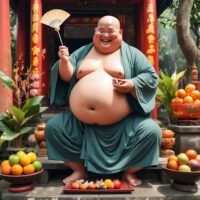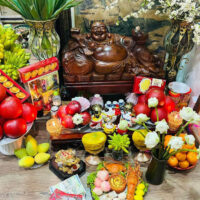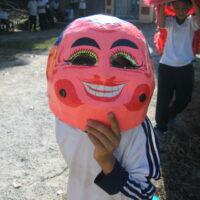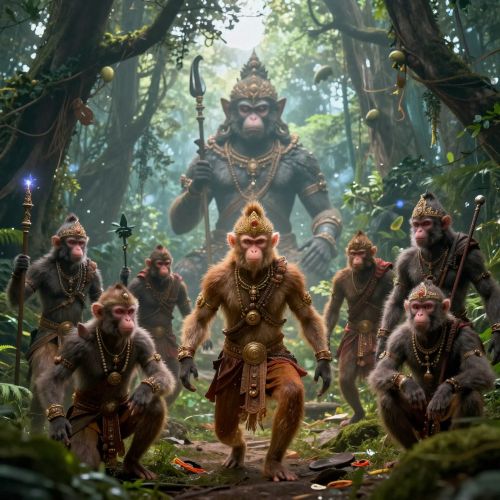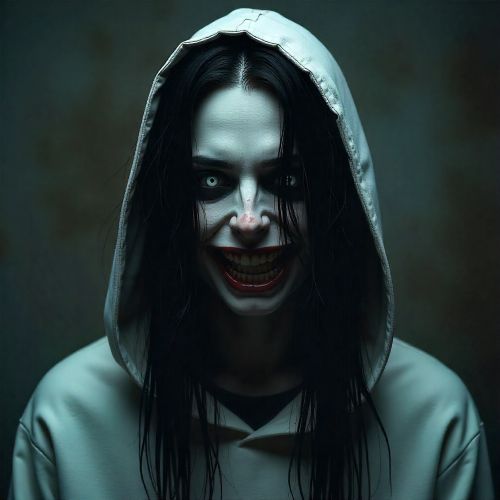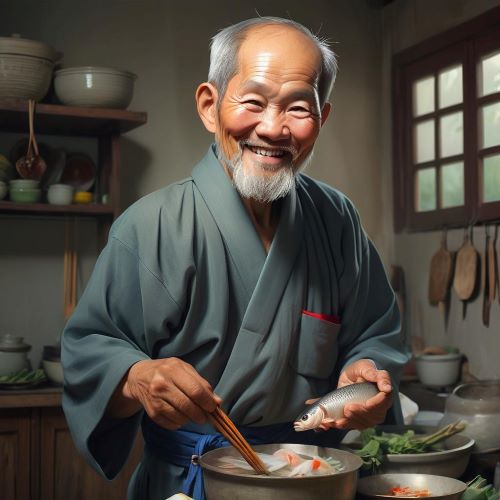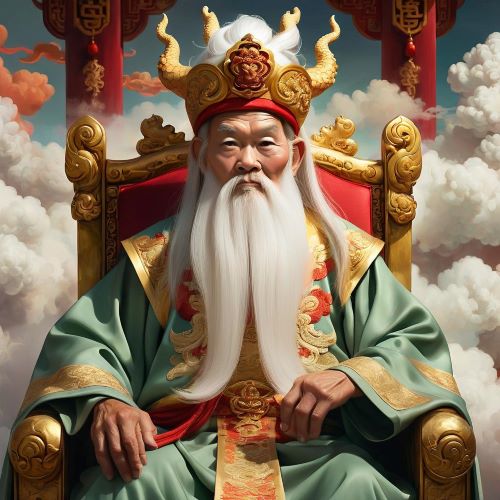Ong Dia : The Earth God
Listen
At a glance
| Description | |
|---|---|
| Origin | Vietnamese Mythology |
| Classification | Gods |
| Family Members | N/A |
| Region | Vietnam |
| Associated With | Prosperity, Protection |
Ong Dia
Introduction
Ong Dia, revered as the Earth God in Vietnamese folklore, holds a warm and familiar place in the hearts of the people. Representing not only the spirit of the land but also the daily joys and fortunes of life, Ong Dia plays a vital role in connecting households to the earth’s blessings. He is seen as the cheerful guardian who brings harmony, luck, and prosperity wherever he is honored. Whether in rural fields or urban marketplaces, his presence signifies safety, abundance, and grounded spiritual well-being. Altars to Ong Dia are commonplace in homes and shops, serving as both a symbol of faith and a daily reminder to stay connected to one’s roots.
Physical Traits
Ong Dia’s cheerful appearance sets him apart from other deities in Vietnamese culture. He is typically portrayed as a rotund, smiling man with a wide belly that signifies wealth and happiness. His large earlobes are symbols of wisdom, while his ever-present grin radiates contentment and generosity. Often dressed in simple robes or casual clothing, he carries a fan or sometimes a pipe—suggesting comfort, wisdom, and authority without austerity. His image is playful yet powerful, embodying the spirit of abundance and protection. Unlike fearsome gods, Ong Dia’s gentle expression offers reassurance and light-hearted charm, making him a beloved figure across generations.
While his physical depiction might remind one of Budai, the Laughing Buddha, the context is very much Vietnamese. Ong Dia’s approachable figure helps bridge the spiritual and the everyday, making him feel less like a distant divine entity and more like a familiar, protective presence in daily life.
Family
Ong Dia is not part of a divine family in the traditional sense, but he exists within a closely knit network of domestic deities in Vietnamese spiritual life. While he does not have a spouse or children in mythology, he is often worshipped together with Thần Tài—the God of Wealth. The two form a harmonious pair that reflects the Vietnamese ideal of a life that is both grounded and prosperous. In some regions, Ong Dia is considered part of a divine trio with Thổ Công (Kitchen God) and Thổ Kỳ (Land Registry Deity), each overseeing a different part of household well-being. This spiritual grouping emphasizes the interconnectedness of home, land, and livelihood.
Other names
The name Ong Dia is affectionate and commonly used, but the deity is also referred to by several other titles across Vietnam. Thổ Địa is a more formal term derived from Sino-Vietnamese, meaning “Earth Deity,” directly referencing his dominion over the land. In some households and temples, he may also be called Thổ Công, though that term is sometimes reserved for kitchen gods or local spirits depending on regional traditions. These names not only reflect linguistic diversity but also show how deeply ingrained Ong Dia is in everyday spiritual consciousness. His titles may differ, but the devotion he receives is universal across the country.
Powers and Abilities
Ong Dia is believed to possess unique spiritual powers that influence both the physical and metaphysical worlds. As the protector of the land, he ensures its fertility and defends it from misfortune or spiritual unrest. His blessings are often invoked to keep a household safe, promote good business, and welcome good fortune. In folklore, Ong Dia is sometimes portrayed guiding individuals toward lost objects or warning them of bad luck through dreams or subtle signs. During traditional performances like the lion dance, he is shown interacting joyfully with the crowd, using laughter and clever tricks to chase away negative energy and prepare the way for prosperity.
Modern Day Influence
Despite the rapid modernization of Vietnamese society, Ong Dia’s influence continues to flourish in both spiritual and popular culture. His statues are found at the entrances of shops, homes, and even offices, usually placed directly on the floor to symbolize his connection to the ground. Small offerings of fruit, rice wine, and incense are made regularly to invite his blessings. During Tết, Vietnam’s Lunar New Year celebration, Ong Dia comes to life through vibrant performances where actors dress in his likeness to lead lion dances and entertain crowds. Beyond festivals, his joyful image is used in literature, advertising, and children’s games, often to teach values of happiness, humility, and community spirit. He is also increasingly present in educational media aimed at preserving traditional beliefs among younger generations.
Related Images
Source
Vietnamese mythology. (2012, December 18). In Wikipedia. Retrieved from https://en.wikipedia.org/wiki/Vietnamese_mythology
Địa – Wiktionary, the free dictionary. (2024, April 8). Retrieved from https://en.wiktionary.org/wiki/%C4%90%E1%BB%8Ba
Rivers, oceans, and spirits: Water cosmologies, gender, and religious change in Southeast Asia. (2016). Cambridge University Press.
In-depth and elaborate invocation to prosperity god and earth deity. (2024, February 28). Retrieved from https://mytour.vn/en/blog/bai-viet/complete-and-detailed-invocation-to-prosperity-god-and-earth-deity.html
Vietnamese lion dance: Unveil a vibrant tradition in the form of art. (2023, November 13). VinWonders. Retrieved from https://vinwonders.com/en/wonderpedia/news/vietnamese-lion-dance-a-mesmerizing-tradition-of-vietnam/
Ong Dia and Buddha-ful Dot Ave. (2014, August 14). Dorchester Reporter. Retrieved from https://www.dotnews.com/columns/2014/ong-dia-and-buddha-ful-dot-ave
Frequently Asked Questions
What is lorem Ipsum?
I am text block. Click edit button to change this text. Lorem ipsum dolor sit amet, consectetur adipiscing elit. Ut elit tellus, luctus nec ullamcorper mattis, pulvinar dapibus leo.
What is lorem Ipsum?
I am text block. Click edit button to change this text. Lorem ipsum dolor sit amet, consectetur adipiscing elit. Ut elit tellus, luctus nec ullamcorper mattis, pulvinar dapibus leo.
What is lorem Ipsum?
I am text block. Click edit button to change this text. Lorem ipsum dolor sit amet, consectetur adipiscing elit. Ut elit tellus, luctus nec ullamcorper mattis, pulvinar dapibus leo.
What is lorem Ipsum?
I am text block. Click edit button to change this text. Lorem ipsum dolor sit amet, consectetur adipiscing elit. Ut elit tellus, luctus nec ullamcorper mattis, pulvinar dapibus leo.
What is lorem Ipsum?
I am text block. Click edit button to change this text. Lorem ipsum dolor sit amet, consectetur adipiscing elit. Ut elit tellus, luctus nec ullamcorper mattis, pulvinar dapibus leo.


